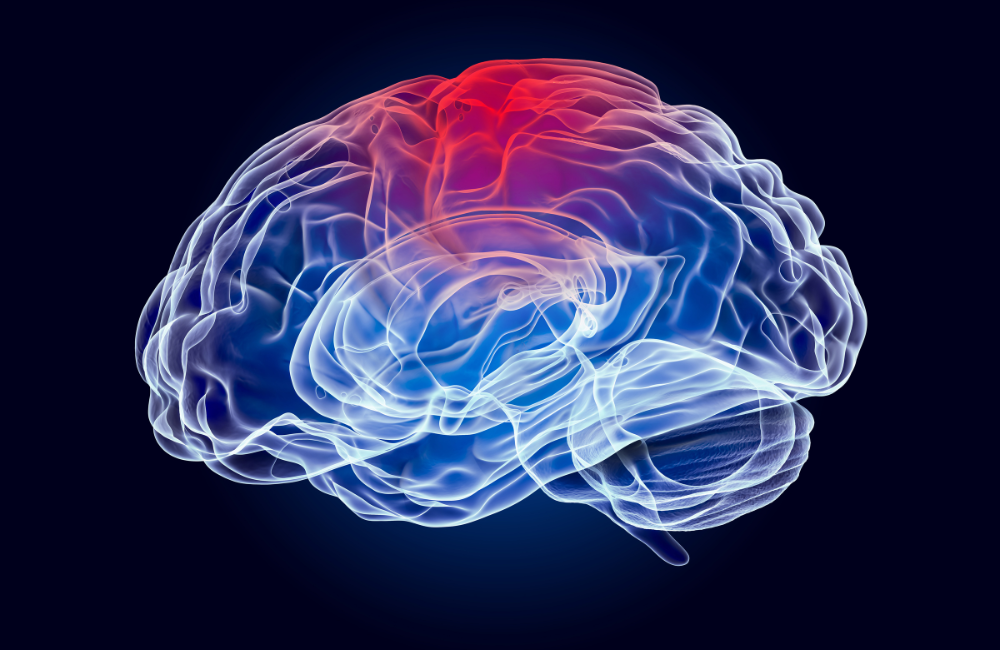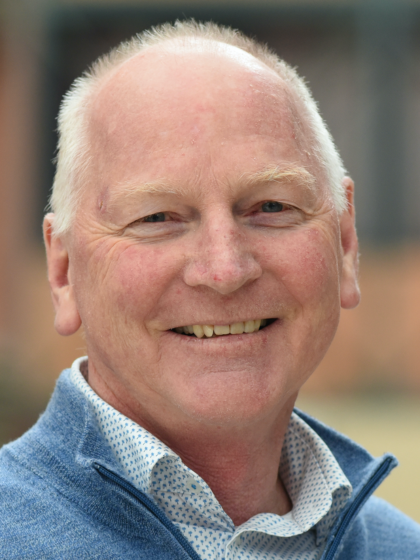Over the years I’ve focused on the limits of human capabilities. How big, fast, fit etc and how/why these are continuing to evolve. I’ve also been involved in the quantification of how sports evolve and the impact these developments have on players, injury potential and the game styles. I was a consultant to the AFL for 14 years (plus NRL, Rugby Union etc) on the link between rule changes and injury risk – for example, if a rule change might increase or decrease the speed of play or the risk of high-speed collisions, as well as the way a game would ‘unfold’ or ‘look’ as a spectacle. Collision and associated concussion / injury was one aspect of this work.
BF: Last year you were involved in a study that measured brain activity following concussion. Can you tell us a bit about that study?
KN: In recent years I have worked with a couple of companies from the USA who have developed technologies to measure the disruption of brain function following mild brain trauma (ie. concussion). Our recent JAMA paper was the first in a series of concussion-related research in amateur Australian Rules football players (men and women).
We used a new piece technology to measure ‘Headpulse’. This is the ‘wobble’ in the brain as the blood flows from the heart into the skull. It is technically a resonance that involves micro g-forces. The technology can detect the g-forces using accelerometry and record changes in these patterns following an injury.
The published work involved attending amateur football games and waiting for a concussion to occur. We had measured hundreds of players pre-season who were not concussed so we had a good sense of what their brain function was like at baseline. Following a concussion (typically 1-2 days post injury) the wobble in the brain showed a ‘stiffer’ resonance pattern. This is likely due to swelling and/or other alterations in the brain. We also asked players how they felt and how significant their symptoms were in their recovery phase of up to 1 month.
Overall, the study found that there was about a 2-week disconnect between what players felt (ie. their symptoms) and what the headpulse was telling us. That is, many players were saying they were symptom-free but the brain headpulse showed this was not back to normal until about 2-weeks after the initial symptom-free phase. Therefore, a longer recovery time was suggested – perhaps up to 1 month. Note that in recent times the AIS have recommended 21-day mandatory recovery periods for community participants and children.
BF: It’s great to hear about how this study can inform return-to-play guidelines. Is there any further research you’d like to see in this area?
KN: Yes, there are some interesting dilemmas in the way people are instructed/guided in their return to play. Specifically there are conflicting guidelines, i.e. most guidelines suggest physical activity is important in the recovery phases (once significant symptoms decrease), but other research shows if the activity involves elevated g-forces – like running or bouncing-type activities – then this can exacerbate symptoms and cause longer recovery time. At the moment there is a lot of guesswork in terms of what the best return-to-sport activities should be and how this should be structured.
BF: What role do schools, sports organisations, and parents play in concussion prevention and management?
KN: I think everyone should understand the general guidelines and recommendations for acute care and longer-term management. I think we should think about first aid and CPR and imagine it is sort of everyone’s responsibility. Having said that, unlike CPR there are very few ‘courses’ workshops to reinforce these areas. Also, diagnosing concussion is not black and white and no one really relies just on a questionnaire. Often there are clinical signs/tests that go along with questionnaires in order to call a concussion. In our 2-year study attending hundreds of AFL games in the amateur leagues, I only ever came across one medical doctor involved in a concussion evaluation. Therefore, we have to rely on sports trainers, parents, physios, volunteers etc so there is a growing responsibility on the shoulders of these people.








 The Brain Foundation is the largest, independent funder of brain and spinal injury research in Australia. We believe research is the pathway to recovery.
The Brain Foundation is the largest, independent funder of brain and spinal injury research in Australia. We believe research is the pathway to recovery.